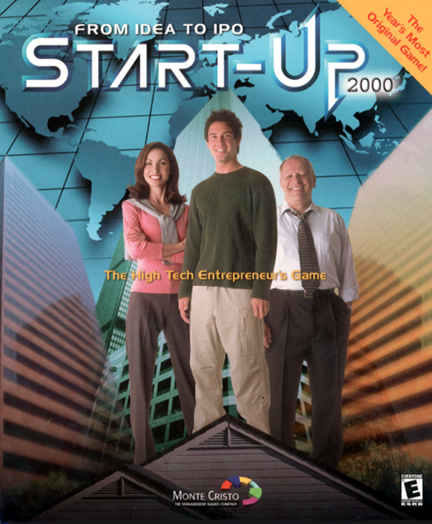 Not strictly an “everyday technology” post, but a link in today’s Wall Street Journal caught my eye. It’s a table of total compensation figures for a number of Fortune 500-type bigwigs. Mostly CEOs, but the odd chairman’s in there too, I think. Have you ever wondered how the high-and-mighty of the technology world compare, pay-wise, with the rest of industry? Here are a few hints. I’ve taken the liberty of converting the WSJ’s table into a handy chart, ranking the total compensation figures, and highlighting the technology companies in orange.
Not strictly an “everyday technology” post, but a link in today’s Wall Street Journal caught my eye. It’s a table of total compensation figures for a number of Fortune 500-type bigwigs. Mostly CEOs, but the odd chairman’s in there too, I think. Have you ever wondered how the high-and-mighty of the technology world compare, pay-wise, with the rest of industry? Here are a few hints. I’ve taken the liberty of converting the WSJ’s table into a handy chart, ranking the total compensation figures, and highlighting the technology companies in orange.
Of course, this is merely a selection of CEO total comp figures from recent filings. It’s by no means a complete survey, nor a representative sample, so it would be a mistake to conclude any general rules for how tech CEOs (or even CEOs in general) are compensated, but, boy howdy, do them sumbitches make a lot of money!

 Hey, something to watch while on the elliptical machine on Monday morning:
Hey, something to watch while on the elliptical machine on Monday morning: 
